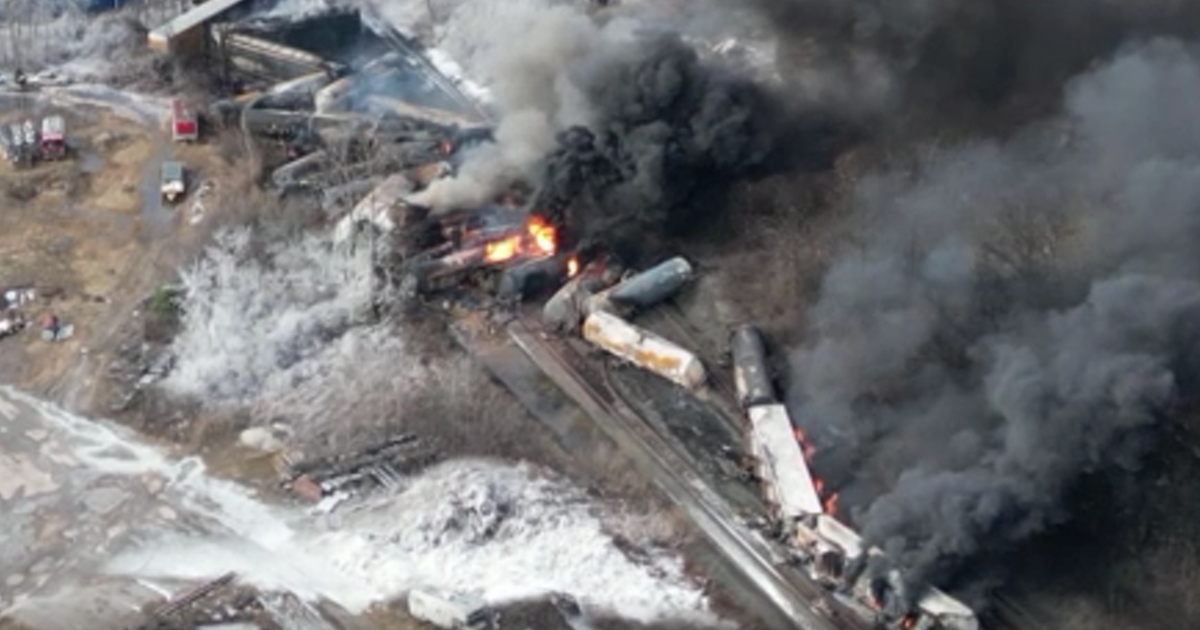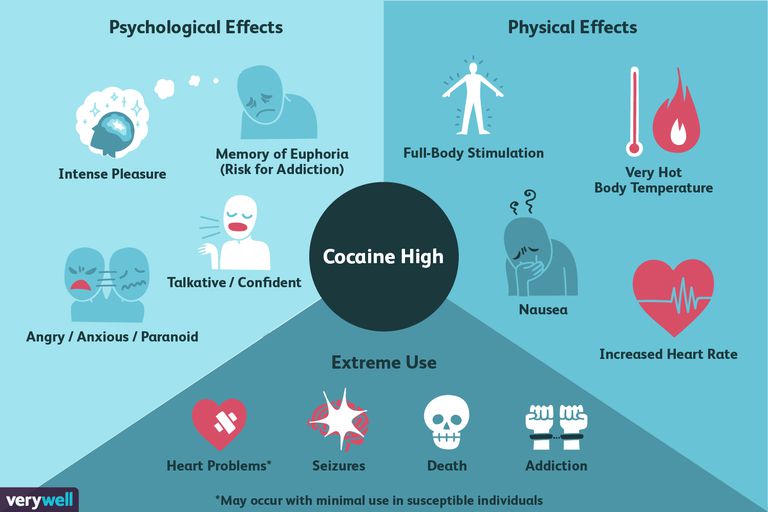Ohio Train Disaster: Prolonged Presence Of Toxic Chemicals In Buildings

Table of Contents
Extent of Chemical Contamination in Buildings
The release of toxic chemicals from the derailed train poses a significant threat to the structural integrity and habitability of buildings in East Palestine. Understanding the extent of this contamination is crucial for effective remediation efforts.
Vinyl Chloride and its Persistence
Vinyl chloride, a known carcinogen, was among the chemicals released in the Ohio train derailment. Its volatility means it can easily evaporate, but its persistence is concerning. It can adsorb to porous materials like fabrics, carpets, drywall, and insulation, potentially leading to off-gassing over extended periods. Detecting low levels of vinyl chloride requires sophisticated equipment, adding complexity to the assessment process.
- Building materials potentially retaining vinyl chloride: Porous textiles, insulation (fiberglass, foam), drywall, carpets, and even wood.
- Decontamination challenges: Complete removal of vinyl chloride from porous materials is extremely difficult and may require specialized cleaning or even demolition in severe cases.
Other Toxic Chemicals and Their Impacts
Beyond vinyl chloride, other hazardous chemicals were released, including butyl acrylate and ethylhexyl acrylate, both known irritants and potential respiratory hazards. These chemicals, alone or in combination, can interact within buildings to create unpredictable and potentially more hazardous conditions. The synergistic effects of multiple chemicals interacting within a confined space are still largely unknown, making comprehensive risk assessment complex.
- Specific health effects: Butyl acrylate can cause eye, skin, and respiratory irritation. Ethylhexyl acrylate can cause skin sensitization and respiratory irritation. Long-term exposure may result in more serious health outcomes.
- Synergistic effects: The combined effect of multiple chemicals may be greater than the sum of their individual effects, posing an amplified risk to human health.
Assessment Challenges and Limitations
Comprehensive assessment of building contamination presents significant challenges. The sheer number of buildings potentially affected, combined with the limitations of current testing methods, hinders a rapid and complete evaluation. Many buildings may have undetected levels of contamination requiring advanced and costly testing methods.
- Lack of standardized testing protocols: The absence of widely accepted and standardized testing protocols makes comparison of results difficult and adds to uncertainty.
- Difficulties in accessing all affected buildings: Gaining access to every building for testing can be logistically challenging and time-consuming.
- Costs associated with comprehensive testing: The financial resources needed for extensive building-by-building testing can be prohibitive.
Long-Term Health Risks Associated with Exposure
Exposure to the toxic chemicals released in the Ohio train derailment presents both acute and chronic health risks, particularly for vulnerable populations. The long-term consequences require ongoing monitoring and support.
Acute and Chronic Health Effects
Immediate effects of exposure may include respiratory irritation, skin rashes, and headaches. Long-term exposure, however, poses a more significant risk, potentially leading to various cancers, respiratory diseases, and other chronic illnesses. The latency period for some diseases means that health problems may not manifest for years after exposure.
- Specific symptoms: These can range from mild irritation (eyes, nose, throat) to severe respiratory distress, depending on the chemical and the level of exposure.
- Latency period: Some cancers and other diseases linked to chemical exposure may not appear for decades after initial contact.
Vulnerable Populations
Children, the elderly, and individuals with pre-existing respiratory or immune conditions are particularly vulnerable to the effects of toxic chemical exposure. Their physiological systems may be less able to cope with the toxins, leading to more severe health consequences.
- Specific health concerns: Children are especially susceptible to developmental problems, while the elderly might experience exacerbated pre-existing conditions. Individuals with respiratory issues may experience severe breathing difficulties.
Need for Ongoing Monitoring and Medical Support
Long-term health monitoring for affected residents is crucial. This includes regular medical check-ups, access to specialized medical care, and the establishment of support networks to address mental and emotional health challenges arising from the disaster.
- Recommendations for long-term health monitoring programs: Regular blood tests, respiratory function tests, and ongoing monitoring of symptoms.
- Information on available resources and support networks: Providing clear access to medical professionals, mental health services, and community support groups.
Mitigation Strategies and Remediation Efforts
Effective mitigation strategies and remediation efforts are crucial to minimizing the long-term health risks associated with the Ohio train derailment. This requires a concerted effort from various stakeholders, including residents, government agencies and environmental experts.
Building Decontamination Techniques
Several techniques can be employed to remove or neutralize toxic chemicals from affected buildings. However, the effectiveness of each method depends on factors such as the type of chemical, the porosity of building materials, and the level of contamination.
- Specific decontamination techniques: Air scrubbing systems, specialized cleaning using solvents and absorbents, and in severe cases, demolition and removal of contaminated materials.
- Pros and cons: Air scrubbing is effective for volatile chemicals but may not address chemicals bound to surfaces. Specialized cleaning can be costly and time-consuming. Demolition is a last resort but ensures complete removal of contamination.
Governmental Role and Responsibility
Government agencies at all levels have a crucial role in overseeing the cleanup and remediation efforts, ensuring accountability and the allocation of sufficient resources. This includes setting safety standards, conducting regular monitoring and providing long term health care for the affected population.
- Specific actions governments should take: Providing adequate funding for remediation efforts, implementing rigorous safety standards for chemical transport and handling, and establishing long-term health monitoring programs for residents.
Community Involvement and Support
Community involvement is vital throughout the cleanup and recovery process. Open communication, transparency, and access to accurate information are essential to building trust and empowering residents.
- Examples of community-led initiatives: Community-based monitoring programs and support groups for affected residents.
- Suggestions for community support: Establishing community forums, providing regular updates on cleanup progress and health monitoring results.
Conclusion
The Ohio train disaster's impact extends far beyond the immediate aftermath, with the prolonged presence of toxic chemicals in buildings posing a significant and long-term threat to public health. Addressing this challenge requires a multi-faceted approach, including comprehensive testing, effective decontamination strategies, ongoing health monitoring, and strong governmental oversight. The lingering effects of this disaster underscore the urgent need for improved safety regulations, enhanced emergency response protocols, and a sustained commitment to protecting communities from the dangers of toxic chemical exposure. We must remain vigilant and continue to demand action to mitigate the long-term effects of the Ohio train derailment and prevent similar tragedies in the future. Learn more about the ongoing challenges and how you can support affected communities by researching the Ohio train derailment and its impact on building safety.

Featured Posts
-
 Nhl Playoff Standings A Deep Dive Into The Western Wild Card Race
May 04, 2025
Nhl Playoff Standings A Deep Dive Into The Western Wild Card Race
May 04, 2025 -
 Paddy Pimblett Raises Concerns About Michael Chandler Before Ufc 314 Fight
May 04, 2025
Paddy Pimblett Raises Concerns About Michael Chandler Before Ufc 314 Fight
May 04, 2025 -
 Narco Subs And Enhanced Cocaine Understanding The Drivers Of Global Increase
May 04, 2025
Narco Subs And Enhanced Cocaine Understanding The Drivers Of Global Increase
May 04, 2025 -
 Marvel Cinematic Universe A Necessary Course Correction
May 04, 2025
Marvel Cinematic Universe A Necessary Course Correction
May 04, 2025 -
 2025 Gold Market First Double Week Loss Of The Year
May 04, 2025
2025 Gold Market First Double Week Loss Of The Year
May 04, 2025
Latest Posts
-
 Alleged Torture Starvation And Assault Lead To Murder Charge Against Stepfather Of 16 Year Old
May 04, 2025
Alleged Torture Starvation And Assault Lead To Murder Charge Against Stepfather Of 16 Year Old
May 04, 2025 -
 Murder Charge Filed Against Stepfather Accused Of Torturing Starving And Beating 16 Year Old Stepson
May 04, 2025
Murder Charge Filed Against Stepfather Accused Of Torturing Starving And Beating 16 Year Old Stepson
May 04, 2025 -
 Stepfather Faces Murder Charges In Stepsons Death Allegations Of Torture Starvation And Assault
May 04, 2025
Stepfather Faces Murder Charges In Stepsons Death Allegations Of Torture Starvation And Assault
May 04, 2025 -
 Hospital Hammer Incident Belfast Mans Violent Past Revealed
May 04, 2025
Hospital Hammer Incident Belfast Mans Violent Past Revealed
May 04, 2025 -
 Emma Stone And Margaret Qualley Oscars Incident Fact Or Fiction
May 04, 2025
Emma Stone And Margaret Qualley Oscars Incident Fact Or Fiction
May 04, 2025
